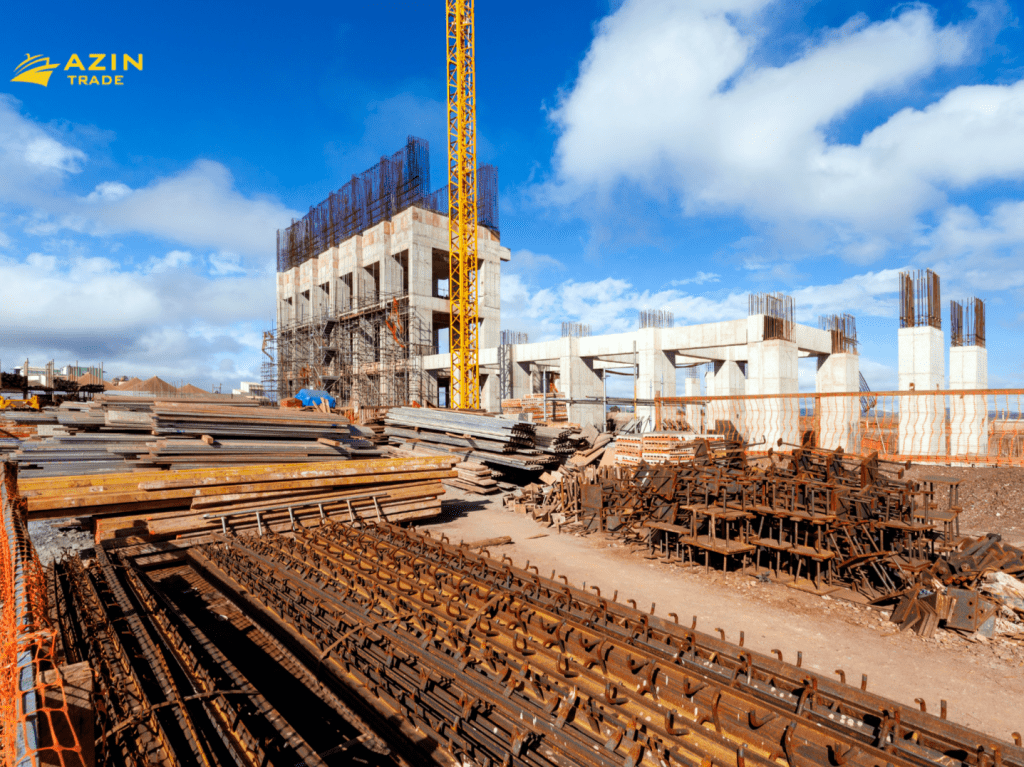
In the building industry the price of products is often competitive due to several factors:
Market Competition: The building industry is typically characterized by a large number of manufacturers and suppliers offering similar products. This high level of competition forces companies to price their products competitively to attract customers and gain market share. Competition drives innovation, efficiency, and cost reduction, which ultimately benefits consumers.



